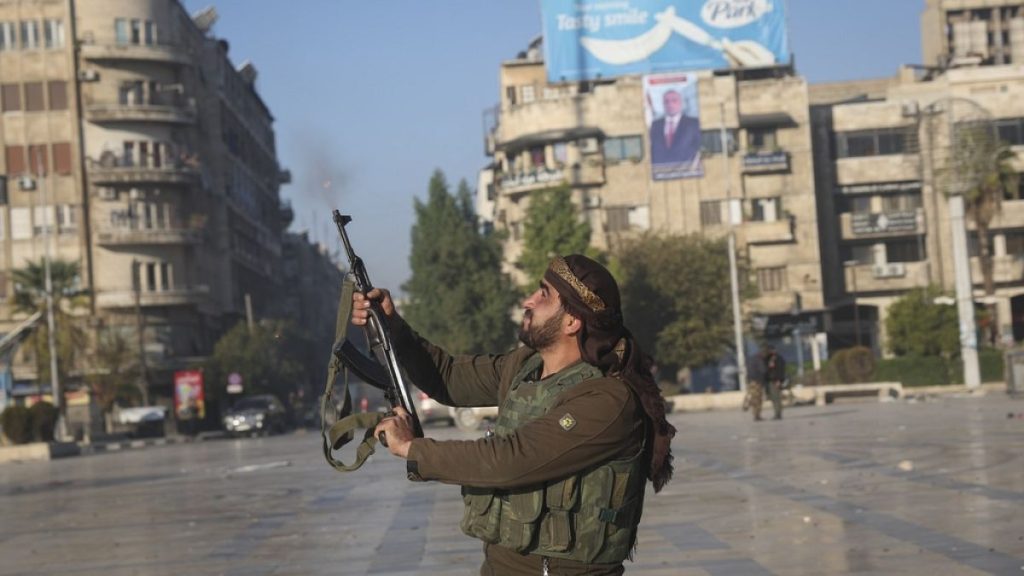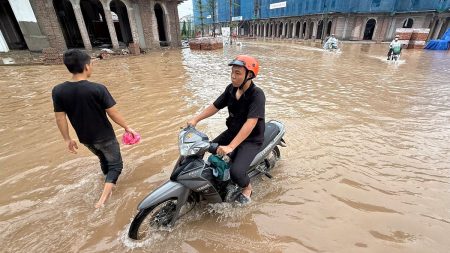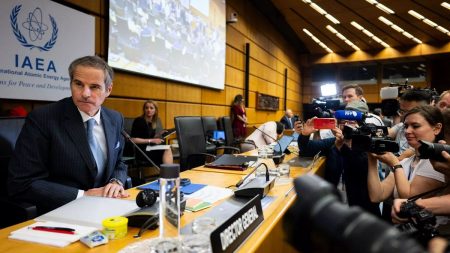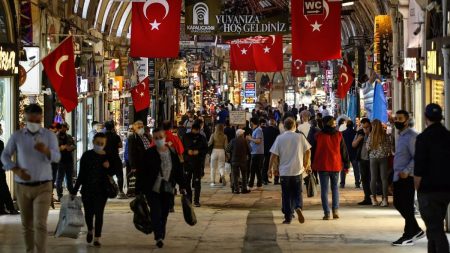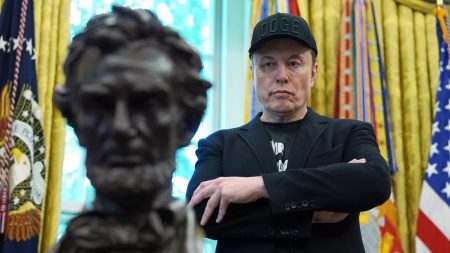In a startling development in the Syrian conflict, insurgents began a significant offensive in Aleppo, entering the city with minimal opposition from government forces. This initiative took place approximately a day after their infiltration, with thousands of insurgents moving through the city in vehicles equipped with makeshift armor. Residents reported little resistance, and despite two targeted airstrikes by Syrian armed forces aimed at mitigating the threat, insurgent forces quickly established a presence in the city. Casualties included 20 fighters from the insurgent ranks, as noted by a war monitor. In response to the unexpected offensive, the Syrian military reassured the public that it was redeploying resources to prepare for a counter-attack aimed at restoring control over Aleppo.
The entrance of insurgents into Aleppo represents a significant reversal for the Syrian government, particularly President Bashar Assad, who had successfully reclaimed the city in 2016 after a prolonged military campaign supported by Russian and Iranian forces. Witnesses noted that insurgents were taking down posters of Assad, further symbolizing the challenge posed to his authority. This recent escalation is noteworthy because Aleppo has remained largely free of opposition aggression since the government’s retaking in 2016, marking the recent developments as a considerable setback for the Assad regime.
This latest surge in violence was preceded by weeks of heightened tensions and minor confrontations. Government forces had commenced attacks on opposition-held territories, and these actions have been interpreted as breaches of a 2019 agreement intended to halt clashes in the region. With Turkey’s unsuccessful attempts to curb government offensives, tensions continued to mount. Additionally, Iran-affiliated groups, including Hezbollah, had their focus diverted due to their conflicts, creating an opportunity for the insurgents to exploit the situation. The renewed conflict coincides with a broader military engagement involving Hezbollah and Israel, thereby complicating the dynamics in Aleppo.
On the ground in Aleppo, much of the government military presence appears to have diminished, with remaining troops mainly concentrated at the airport and a military academy. Observations by relocating opposition fighters indicate that government forces have withdrawn significantly from the city. Despite the insurgents’ quick seizure of territory, the military indicated that this redeployment is only a temporary strategy and pledged to ensure the safety of Aleppo’s residents. A testament to this feeling of resurgence is expressed by Mohammad Al Abdo, an opposition fighter who sees this moment as an opportunity to potentially liberate the remaining parts of Aleppo province from government control.
The city of Aleppo, now under the insurgents’ influence, exhibits signs of mixed emotions among its returning residents. Some, like Abdulkafi Alhamdo, who had fled the city in 2016, conveyed feelings of nostalgia and disbelief upon returning to see the insurgents raising flags at historical landmarks. The situation remains fluid, as locals navigate the newfound presence of insurgents amid the backdrop of an ostensibly tense atmosphere. Reports emerging from the local administration indicated that schools and governmental services were shuttered as residents opted to remain indoors, signifying the uncertainty and potential for unrest.
In the wake of the insurgent offensive, humanitarian concerns were raised with the United Nations announcing the closure of Aleppo’s airport and cancellation of flights. Hospitals in the city reported overwhelming numbers of patients as medical facilities struggled to provide care amidst the chaos. As the insurgents created an organizational structure within Aleppo, they emphasized their intention to maintain order to prevent violence. Meanwhile, the Syrian government’s state media engaged in rhetoric blaming external forces, alleging Turkey’s support for insurgents. Additionally, Russian media outlets claimed military successes against the insurgent groups, further illustrating the complexities involved in the overarching Syrian conflict. The developments in Aleppo illustrate a shifting landscape in a protracted war that continues to evolve with local and international implications.




